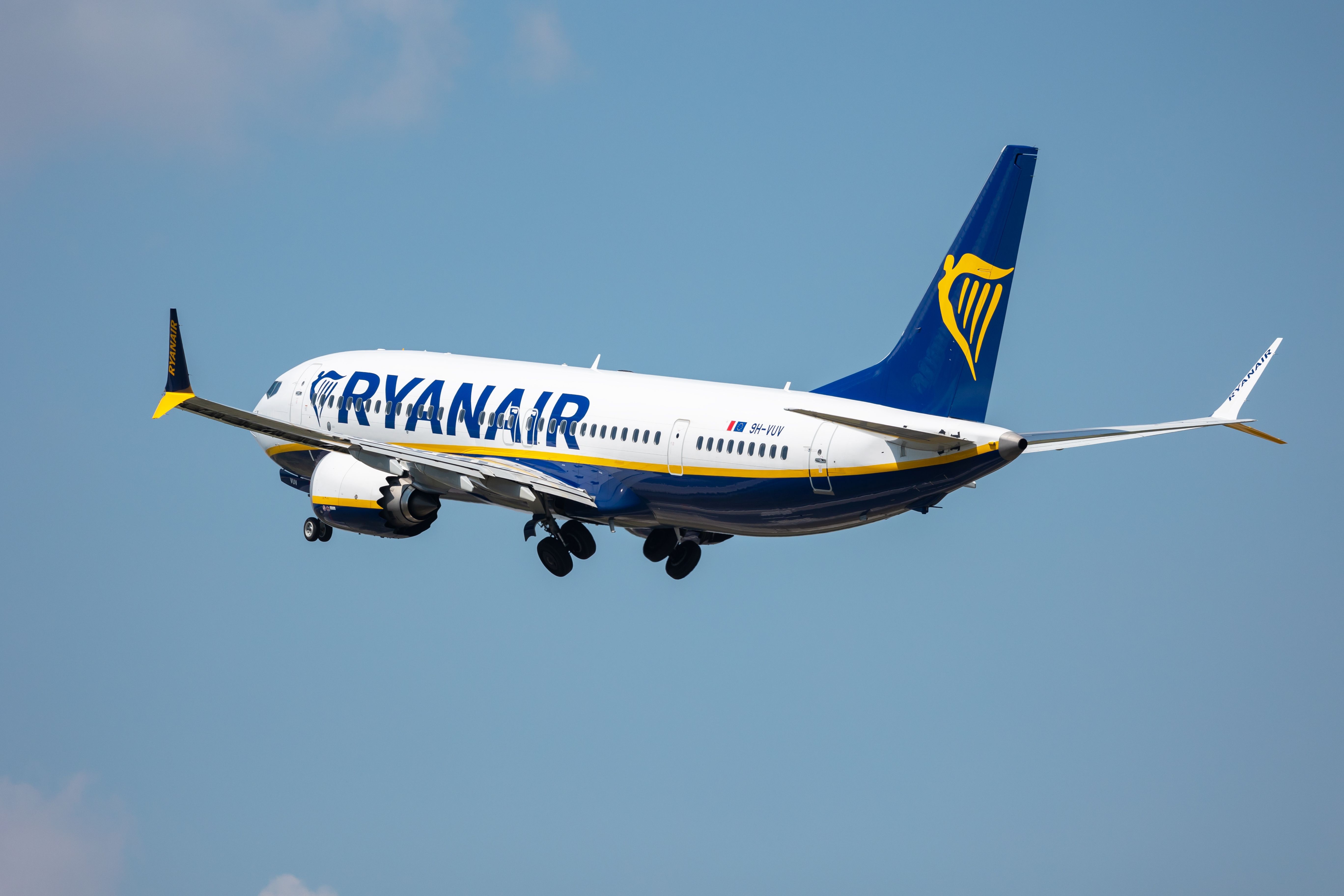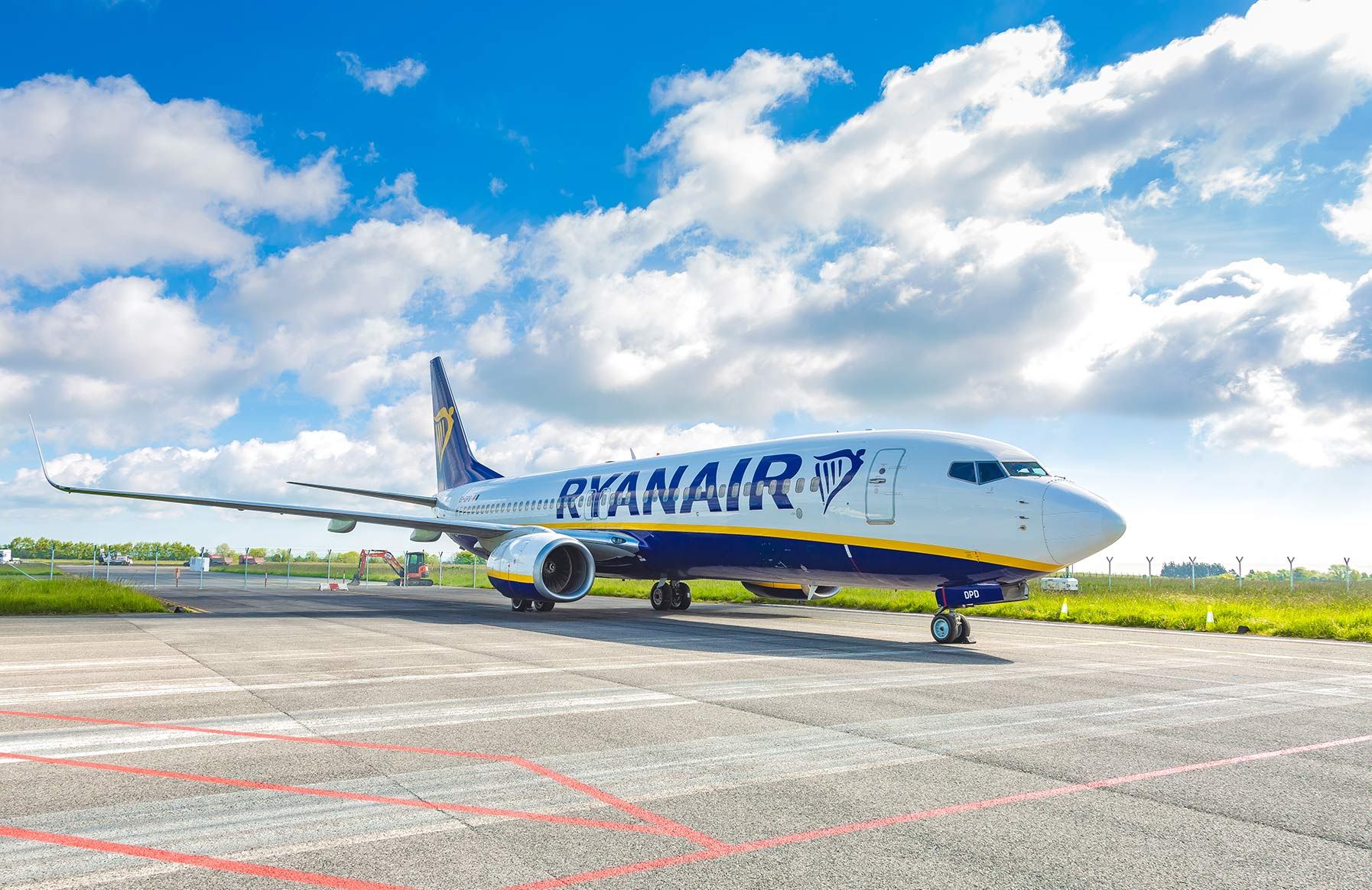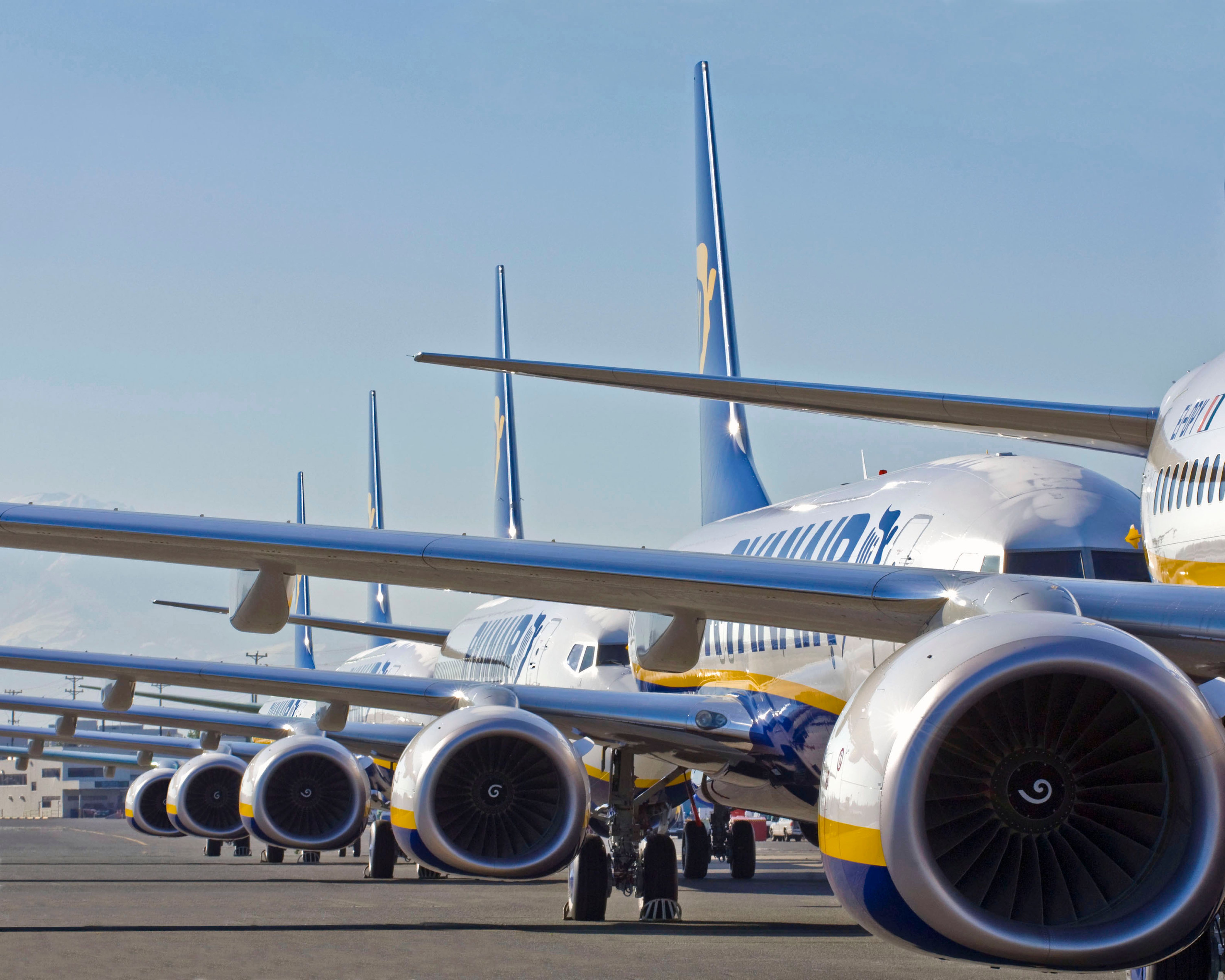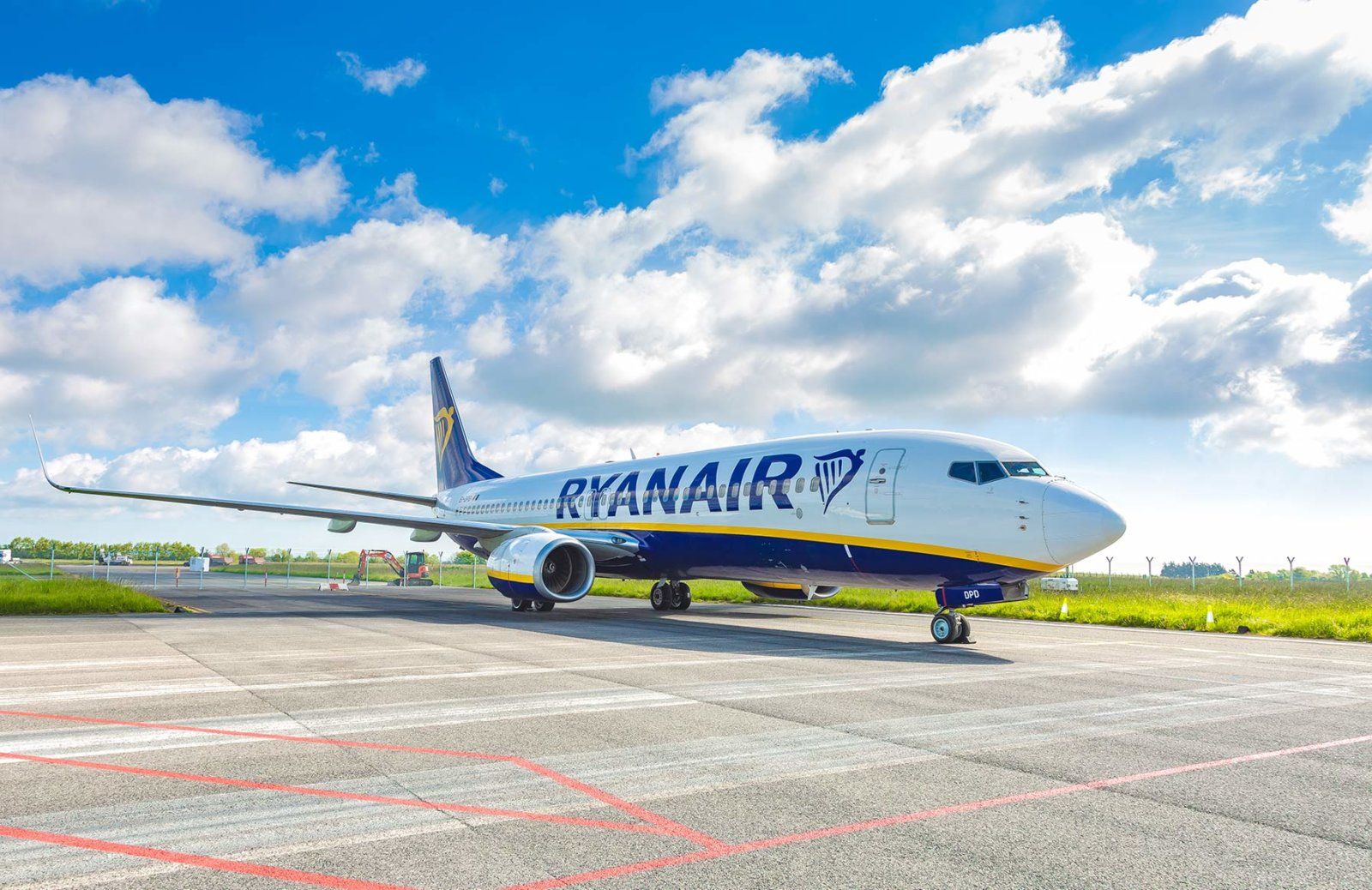Ryanair published its financial results for the quarter ending on December 31st, 2022, today, and they showed that the Irish low-cost carrier had made significant strides compared to the same period the previous year. Most notable is the fact that it converted an eight-figure net loss to a nine-figure net profit within 12 months.
A better state of affairs
2021 was a challenging year for the aviation industry. While airlines were better acquainted with the challenges of COVID-19 than when the pandemic struck in 2020, their operations were still somewhat restricted. This was reflected in their results, with Ryanair making a €96 million ($104.5 million) net loss in Q3 of 2021/22.
However, 2022 represented a much more fruitful year for the low-cost giant, and it was able to turn things around with huge year-on-year growth. Indeed, in Q3 of 2022/23, Ryanair registered a net profit of €211 million ($230 million). It cited "strong pent-up travel demand over the October mid-term and peak Christmas/New Year holiday season" as a key factor. Group CEO Michael O'Leary added,
"Q3 scheduled revenue increased almost 85% to €1.45 billion due to strong travel demand at higher fares (+14% over pre-Covid). (...) Ancillary revenue delivered another solid performance, generating over €22.50 per passenger. Total Q3 revenue rose 57% to €2.31 billion. Operating costs increased 36% to €2.15 billion, driven by higher fuel costs, crew pay restoration and 24% traffic growth."
Check out all the latest European aviation news here!
Other key figures
As Ryanair and O'Leary hinted, the carrier benefitted from increasing travel demand in the last quarter. This was reflected in its passenger numbers for those three months, as they rose from 31.1 million in Q3 of 2021/22 to 38.4 million in Q3 of 2022/23. Percentage-wise, this represented a sizeable increase of 24%.
Historically speaking, Ryanair has generally had high load factors. Its model demands them, with its lower fares meaning that well-loaded flights are required to maintain financial sustainability. Having achieved an already healthy load factor of 84% in Q3 of 2021/22, this climbed nine percentage points to 93% this time around.
The airline has also seen growth when it comes to its fleet and network. By the end of the last quarter, it had registered 84 Boeing 737 MAX 8-200 deliveries, bringing its total fleet size to 523. Going forward, the carrier is basing its projections (230 routes in the next financial year) on receiving 124 new aircraft by summer 2023.
What does the future have in store?
Looking to the final quarter of the 2022/23 financial year, and indeed the year as a whole, Ryanair expects annual traffic to reach 168 million passengers. While the fact that passengers are booking their flights closer to the time of departure makes such predictions harder to calculate, Ryanair is confident in its visibility.
Despite the carrier's ongoing recovery, it expects the fourth quarter of 2022/23 to be a loss-making one, due to the lack of Easter traffic, what with this falling in April 2023. O'Leary additionally advises that "this guidance remains heavily dependent upon avoiding adverse events in Q4 (such as Covid and/or the war in Ukraine)."




